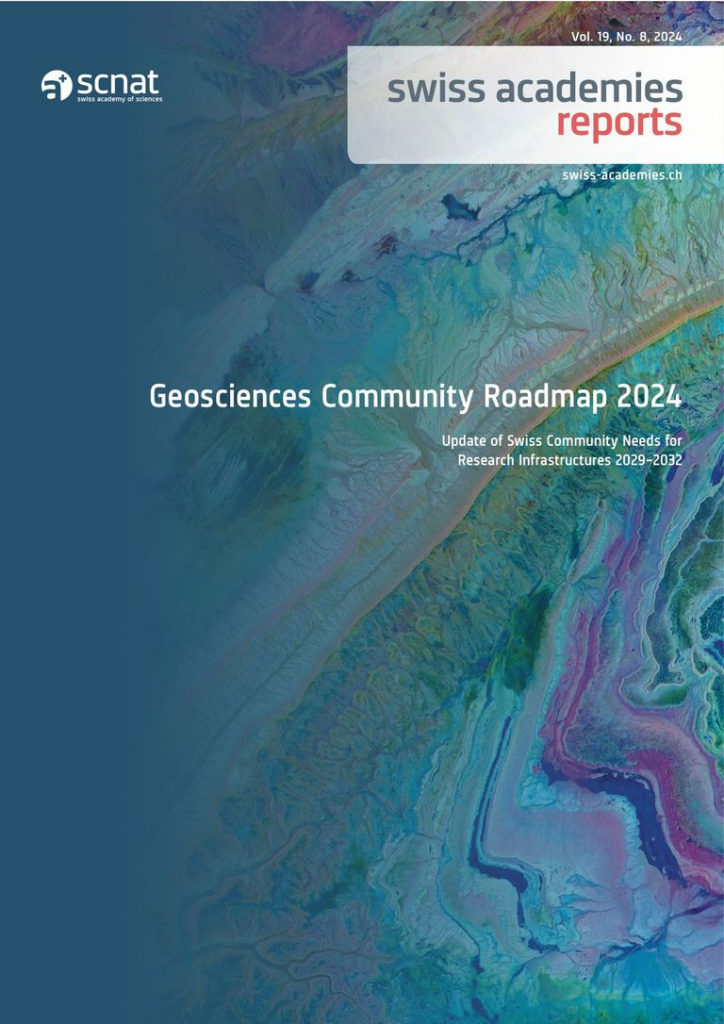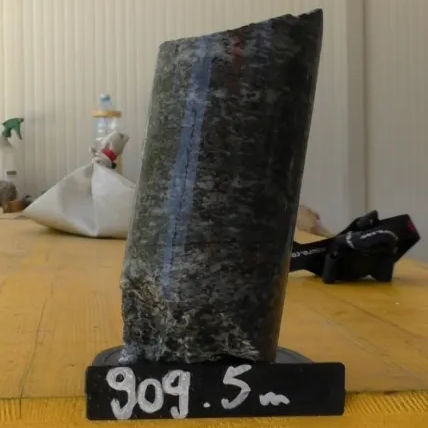There is a classical figure to show while teaching on earthquakes, which shows what a given level of magnitude means in terms of energy or other processes. This figure is so popular that it will very likely look familiar to you.
During a recent work to prepare educational material for our programs in Switzerland and Nepal, it turned out that the widespread figure had an inconsistency: the left hand side on earthquakes showed only the energy radiated as seismic waves, while the right hand side on other events showed total energy. This has prompted a number of verification calculations and a major revision of the figure, so that it now compares comparable things, all in terms of total energy. Here it is below, and the short story of the revision can be read here.
A telling example of this update is the size of the largest bomb humans have historically created. In the previous diagram it was wrongly compared to a magitude 8 earthquake, but when correctly comparing total energy it is a magnitude 5.5.







